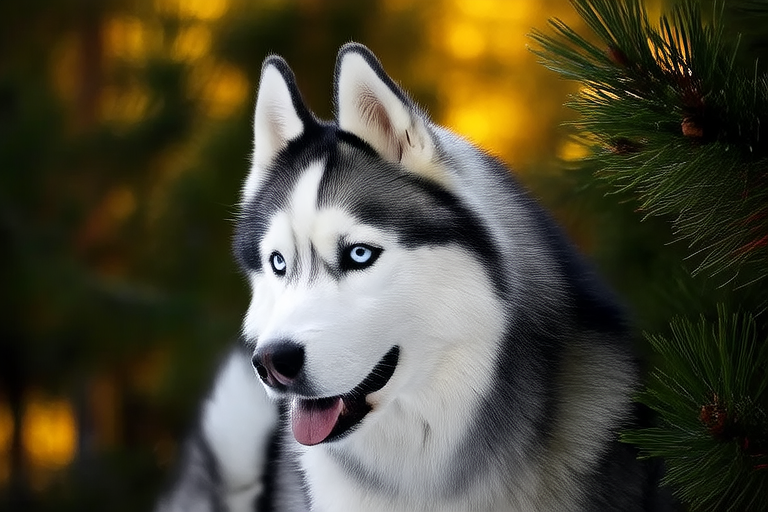Beyond the Fur: Understanding and Caring for Your Siberian Husky’s Unique Needs
Siberian Huskies have long been admired for their striking appearance, but there’s much more to these dogs than meets the eye. Known for their thick, luxurious coats and piercing blue or multi-colored eyes, Siberian Huskies are not just beautiful; they are also highly intelligent, energetic, and social animals with unique needs. This article delves into the history, temperament, exercise requirements, dietary needs, grooming specifics, health issues common to the breed, training tips, and advice on living environments suitable for Siberian Huskies.
The History of Siberian Huskies
The origins of the Siberian Husky can be traced back to the Chukchi people of Northeastern Asia. These indigenous people bred the Husky to pull sleds across vast snowy landscapes. The breed was introduced to North America in the early 20th century when they were brought over to Alaska to participate in sled dog races. Their endurance and strength made them invaluable in the harsh Arctic conditions, and they quickly became popular as working dogs and companions.
Temperament
Siberian Huskies are known for their friendly, outgoing personalities. They are generally good with children and other pets, making them excellent family dogs. However, their independent nature means that they require consistent and patient training. Their intelligence can sometimes lead to stubbornness, so it’s important to establish clear boundaries and routines from the start.
Exercise Requirements
Given their history as working dogs, Siberian Huskies have high energy levels and require significant amounts of physical activity. A daily walk or jog is essential, but they truly thrive when they have the opportunity to run and explore in open spaces. If you live in an area where you can take your Husky for long runs or have access to large, fenced-in areas, this will greatly benefit their well-being. Without adequate exercise, they may become restless and destructive.
Dietary Needs
A balanced diet is crucial for maintaining a Siberian Husky’s health. They require a diet rich in protein and fat, as these nutrients support their muscular structure and energy needs. High-quality commercial dog foods formulated for active breeds are usually sufficient, but consulting with a veterinarian about specific dietary requirements based on your Husky’s age, weight, and activity level is always a good idea. Avoid overfeeding, as obesity can lead to various health issues.
Grooming Specifics
Despite their thick coats, Siberian Huskies shed heavily, especially during seasonal changes. Regular brushing, particularly during shedding seasons, can help manage loose fur and reduce the amount of hair around your home. Bathing should be done only when necessary, as frequent bathing can strip the coat of its natural oils. Additionally, pay attention to their nails, ears, and teeth to ensure overall hygiene and prevent potential health issues.
Health Issues Common to the Breed
Like all purebred dogs, Siberian Huskies are prone to certain genetic health issues. Some common concerns include hip dysplasia, progressive retinal atrophy (PRA), and canine thrombopathia, a blood disorder. Regular veterinary check-ups, including genetic screening tests, are recommended to catch any potential problems early. Early intervention can often improve outcomes and quality of life.
Training Tips
Training a Siberian Husky requires patience and consistency. Positive reinforcement methods, such as treats and praise, work best for this breed. Start training sessions early and keep them short to maintain your Husky’s interest. Socialization is also key; exposing your dog to different environments, people, and situations from a young age helps develop a well-rounded and confident adult dog.
Living Environments Suitable for Siberian Huskies
Siberian Huskies are adaptable to various living environments, but they do best in homes with ample space for them to run and play. While they can adjust to apartment living if given sufficient exercise, a house with a securely fenced yard provides the ideal setup. Regardless of the environment, it’s important to provide mental stimulation through interactive toys and puzzles to keep their minds engaged.
Conclusion
Raising a Siberian Husky is a rewarding experience, but it comes with responsibilities. By understanding their unique needs and providing proper care, you can ensure that your Siberian Husky leads a happy, healthy life. Whether you’re a first-time owner or a seasoned dog lover, taking the time to learn about this remarkable breed will deepen your bond and enhance your shared adventures.
